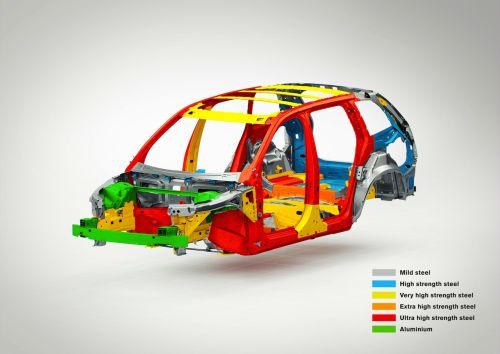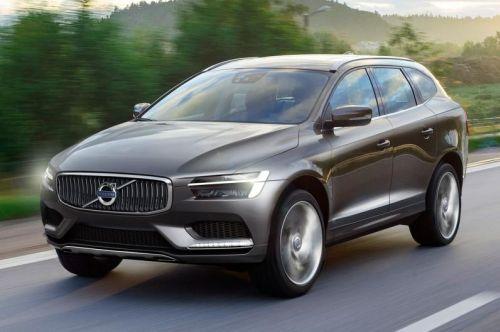More Information from Volvo
In my last blog I talked about the new Volvo V40 body structure and how it took less than 50% of the tool's capacity (Holmatro CU 4050 NCT cutter) to overcome ALL of the strategic cuts when I visited there in February this year. So we can assume that the future will bring with it stronger construction and a greater challenge in certain areas, right?
Well, something I have noticed may challenge that belief, certainly when it comes to the 2015 Volvo XC90. If you look closely at the body structure you will see that the base of the B-pillar is no longer Ultra High Strength Steel (UHSS), but has been replaced by Very High Strength Steel.

But hang on, why would this be the case? This is a step backwards? Surely this has to be a mistake right? A misprint?
No, it’s actually true, and here is why. The steel that is supplied to the motor industry is now very strong (UHSS for example). The development of such steels is a balance between strength and workability. That is to say it has to be formed or pressed into the required shape such as a B-pillar. As it stands the stronger this steel is, the more difficult it is to form. Indeed it starts to take on the characteristics of glass (rather than steel) the stronger it gets. This creates a problem. Not only is creating a shape difficult, but it reacts very differently during the application of dynamic forces, such as a crash test. It therefore stands to reason that replacing the base of the B-pillar with steel construction that is more ‘pliable’, gives better results during a side impact or pole impact test. This ‘softer’ construction can absorb more energy and is less susceptible to fracturing.

Of course, that is not to say that cars will not get stronger; they no doubt will. This will mainly be due to advances in steel technology and the ongoing research by the companies who manufacture for supply to the motor vehicle manufacturers. They will continue to fine tune the balance between strength and workability. What does this mean to the rescuer? Well my previous blog hopefully proved that the right tool can overcome today’s construction with reserve capacity for the future.
What this story about the new Vovlo XC90 B-pillar does prove, is that the safety of cars is not just about sheer strength; it’s about intelligent design. Nice one Volvo!
As ever, I welcome your feedback.
Ian Dunbar